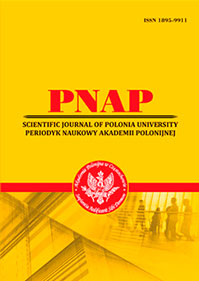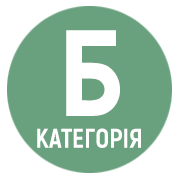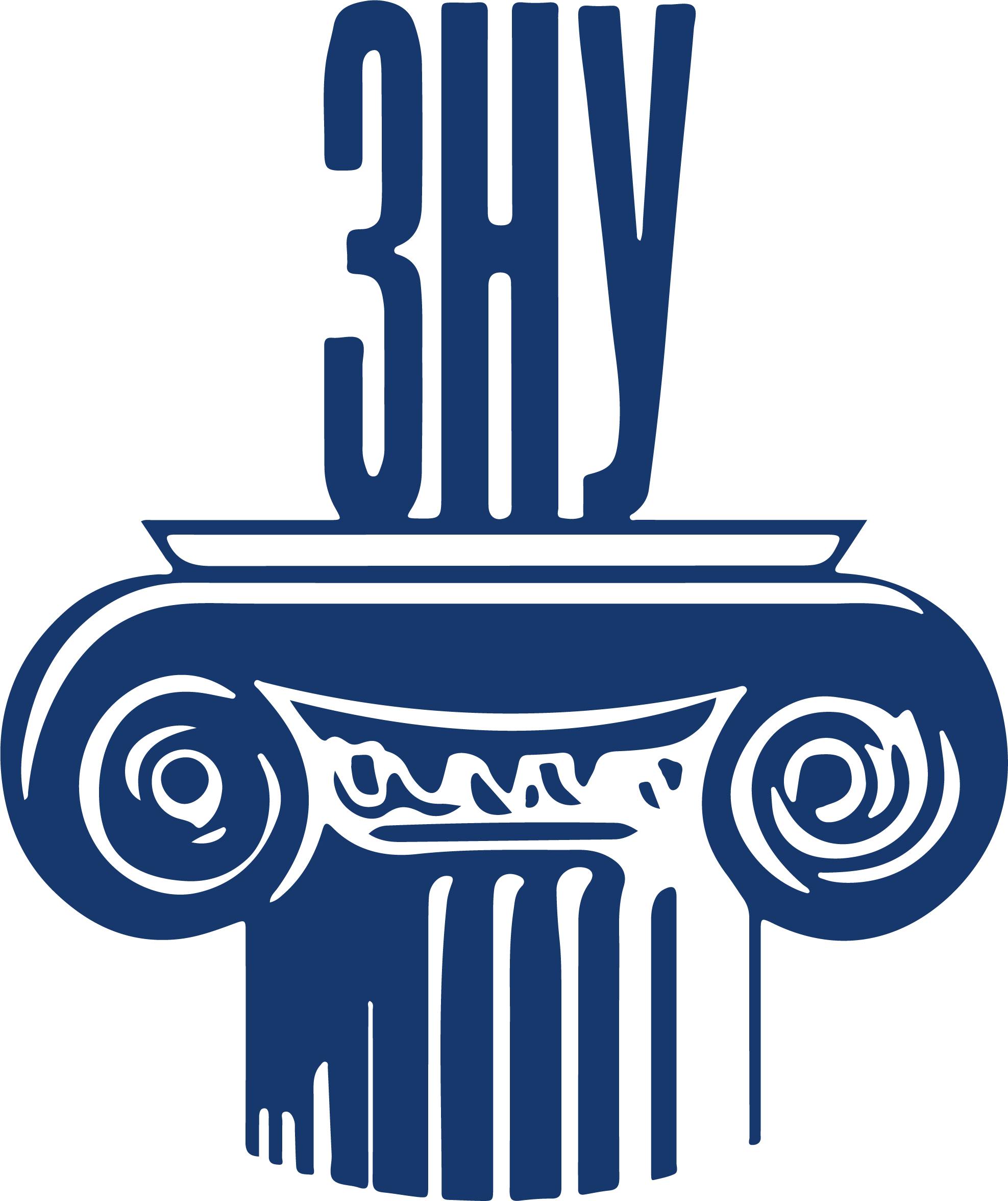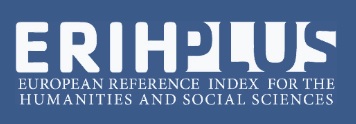ФУНКЦІЙНЕ НАВАНТАЖЕННЯ МОВНОГО КОНТРАСТУ
Анотація
Мовний контраст є базовим поняттям у мовознавстві, що забезпечує розмежування, виокремлення та підсилення смислових одиниць у мовленнєвому дискурсі. У статті розглянуто комплексну систему функцій мовного контрасту, що включає семантичну, диференційну, прагматичну, емоційну, когнітивну (гносеологічну), комунікативну, риторичну, аргументативну, аксіологічну, ідентифікаційну, позиціонувальну, фокусувальну та експресивну функції. Авторська концепція мультирівневої функціональності контрасту охоплює його семантичний, когнітивний, прагматичний та емоційний рівні, що виявляються у складній взаємодії мовних засобів, індивідуального досвіду та свідомості мовця й адресата.У роботі проаналізовано теоретичні аспекти функціювання контрасту в мові загалом та їхнє проєктування на художній текст, зокрема поезію, де контраст слугує не лише як засіб структуризації значення, а й як потужний інструмент емоційного вираження та комунікативного впливу.На матеріалі творів сучасних українських поетів досліджено його роль у формуванні змістовних і стилістичних протиставлень, які відображають складність воєнного та соціального досвіду. Важливим акцентом є розгляд диференціації мовних одиниць за різними критеріями, що забезпечує точність семантичної дії контрасту, а також когнітивний механізм категоріалізації та структурування ментального простору адресата.Прагматичний аспект виявляється у формуванні комунікативних намірів, фокусуванні уваги та створенні необхідного ефекту впливу в мовленні.Розглянуто роль контрасту у вираженні ідентичності, позиціюванні мовця в дискурсі та формуванні соціокультурних кодів. Емоційна та експресивна функції контрасту виявляються завдяки конотативно маркованим мовним засобам і драматизації висловлення, що створює підсилений психологічний ефект та емоційне занурення у твір.Перспективи подальших досліджень у цій сфері пов’язані з інтеграцією психолінгвістичних підходів для глибшого розуміння когнітивних механізмів сприйняття контрастних структур та їхнього впливу на емоційний стан адресата.
Посилання
2. Fauconnier G. Mappings in Thought and Language. Cambridge : Cambridge University Press, 1997. 190 p.
3. Hjelmslev L. Prolegomena to a Theory of Language. Madison : University of Wisconsin Press, 1961. 156 p.
4. Jakobson R. Closing statement: Linguistics and poetics. Style in Language. / ed. by Th.A. Sebeok. Cambridge (MA) : MIT Press, 1960. P. 350–377.
5. Lakoff G. Women, Fire, and Dangerous Things: What Categories Reveal about the Mind. Chicago : University of Chicago Press, 1987. 614 p.
6. Mel’čuk I.A. Vers une linguistique Sens-Texte. Leçon inaugurale. Paris : Collège de France, 1997. 78 p.

Ця робота ліцензується відповідно до Creative Commons Attribution 4.0 International License.
 ISSN
ISSN 


.png)




